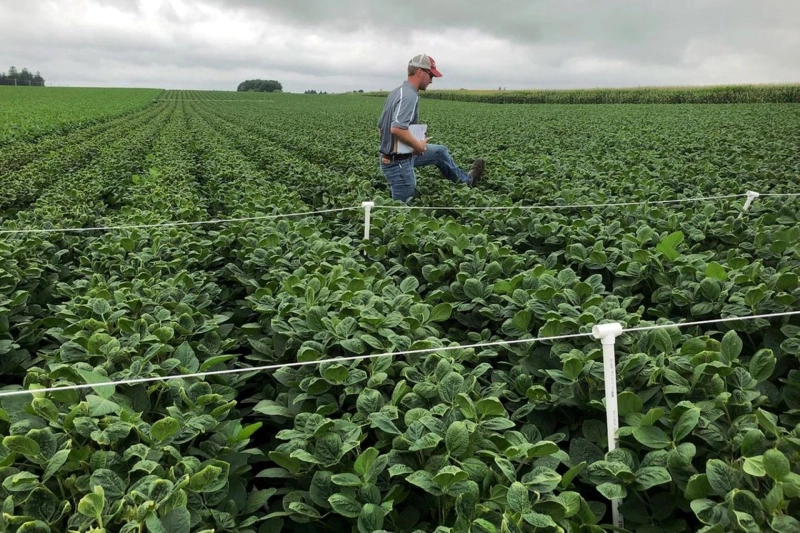The future of dicamba looks promising, with ongoing advancements and innovations aimed at improving its effectiveness and reducing its potential impact on non-target plants and the environment. One key area of innovation is the development of low-volatility formulations of dicamba, which have been designed to reduce the risk of off-target movement and drift. Additionally, researchers are exploring the use of dicamba in combination with other herbicides and weed management strategies to increase its effectiveness and reduce reliance on any one herbicide.
Another Dicamba area of innovation is the use of precision agriculture technologies, such as mapping and drones, to improve the accuracy and efficiency of herbicide application. This can help reduce the amount of herbicide used and minimize the risk of drift and off-target movement. Finally, researchers are exploring the potential for biological weed control, including the use of natural enemies of weeds and cover crops that can suppress weed growth.
Read More:


